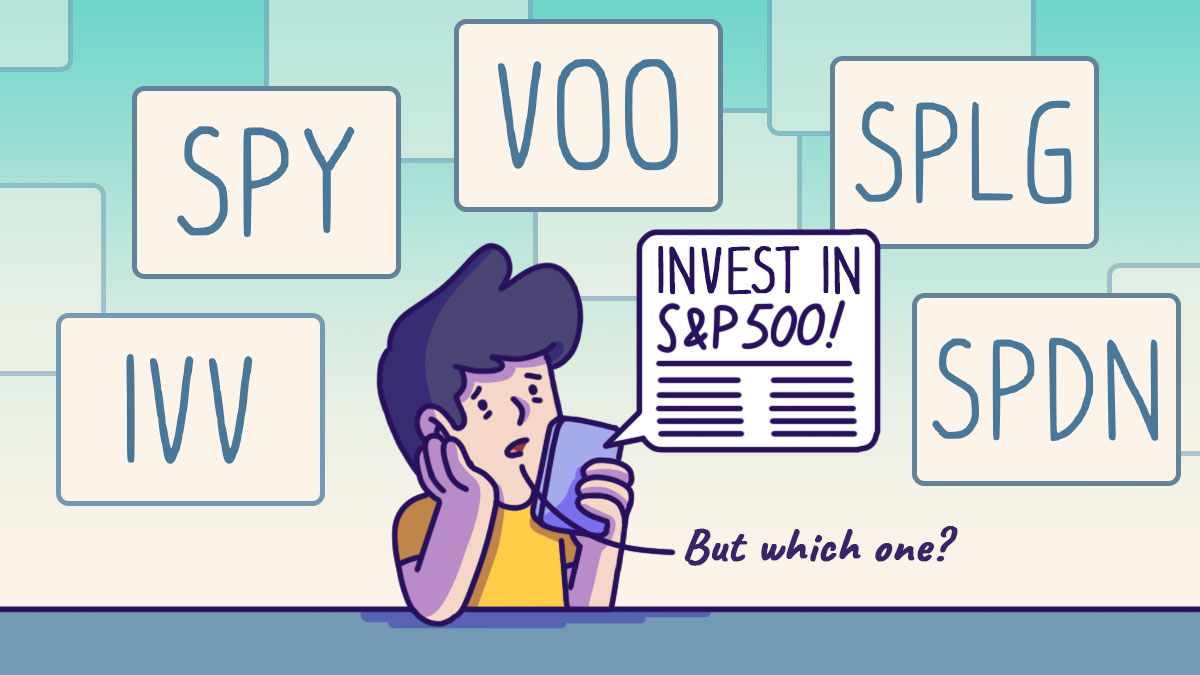
Online advertisers are increasingly being made aware of click fraud. They are being reminded to invest in click fraud detection software. They are encouraged to pay attention to analytics, watch ad campaigns closely, and do whatever they can to uncover and stop click fraud.
Have you been a click fraud victim in the past? Do you even know what types of signs to look for, signs that would indicate you’ve been hit? Most online advertisers do not. Perhaps that’s one of the reasons click fraud companies are so successful at ripping off advertisers.
Fraud Blocker is a company that makes ad fraud monitoring and detection software by the same name. They offer the following six signs suggesting you might be a victim of click fraud:
1. Unexplained Click Surges
The criminals who perpetrate click fraud are not necessarily subtle about it. When they start hitting a group of ads for the first time, those ads will show an unexplained surge in clicks on the advertiser’s end. Therein is the first sign. If you notice a sudden surge in clicks on some of your ads, you could have trouble.
2. Unexplained Impression Increases
Hand-in-hand with click surges are increased impressions. Every time your ad is displayed on a digital platform, this display counts as an impression. An unusual spike in impressions suggests that your ads are suddenly being displayed on more properties than before. It may be nothing. But increased impressions combined with click surge suggests fraudulent activity.
3. Lack of Commensurate Conversions
The whole point of PPC advertising is to generate sales, right? So you expect a certain conversion rate based on the number of clicks your ads receive. That conversion rate should be fairly consistent across the scope of a given PPC ad campaign. If not, you may have a problem.
An increase in traffic without a commensurate increase in conversions ultimately leads to a lower conversion rate. If the difference between traffic and conversions is substantial, it could be a sign of click fraud.
4. Unusually High CTR
The rate at which visitors click on PPC ads is known as the click-through rate (CTR). When scammers use click farms or automated click bots to do their dirty work, one of the natural results is an unusually high CTR. Click farms and automated bots are capable of producing a lot of clicks in a very short amount of time. They also click indiscriminately. This leads to higher than usual CTRs.
5. Unusually High Bounce Rates
The rate at which visitors land on a website and then quickly leave before viewing any content is known as the bounce rate. Website owners expect a certain amount of bounced traffic simply because people are fickle. They land on a website before quickly changing your mind and going elsewhere.
Like CTR, bounce rates should be fairly consistent. If there is a sudden surge in bounce rates, or if bounce rates are higher than expected over a prolonged period of time, click fraud could be the reason.
6. Unusually Low Page Views
Last but not least are page views. An unusually low number of views compared to total clicks is a sign that people are visiting your website but not consuming any content. This could be the result of click farms clicking your ads.
None of these six things indicates click fraud all on its own. But combined, they offer pretty compelling evidence that you have been victimized. If you see these things in your own analytics, perhaps it is time to invest in click fraud prevention software.







